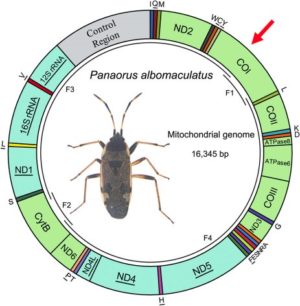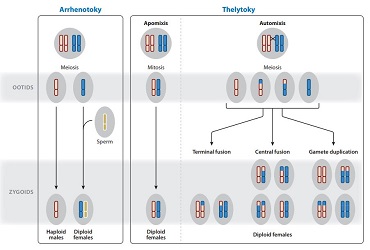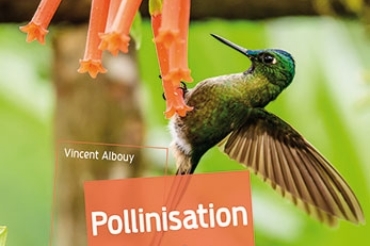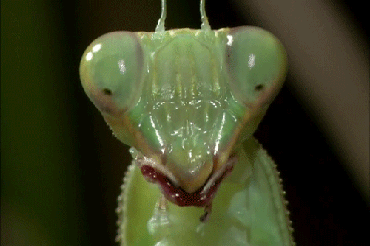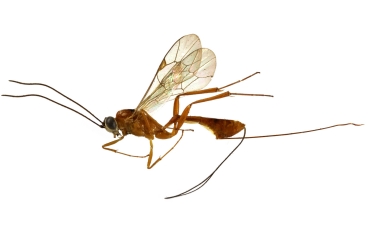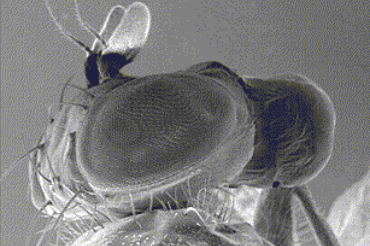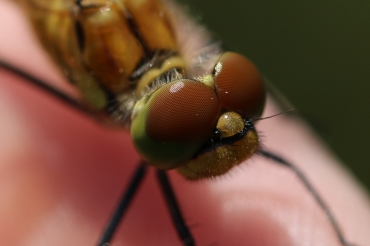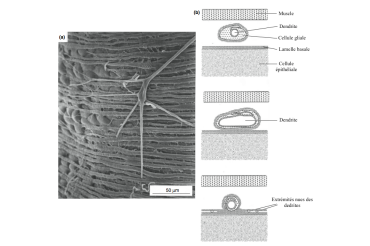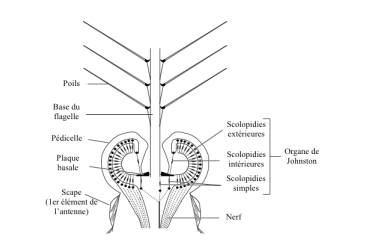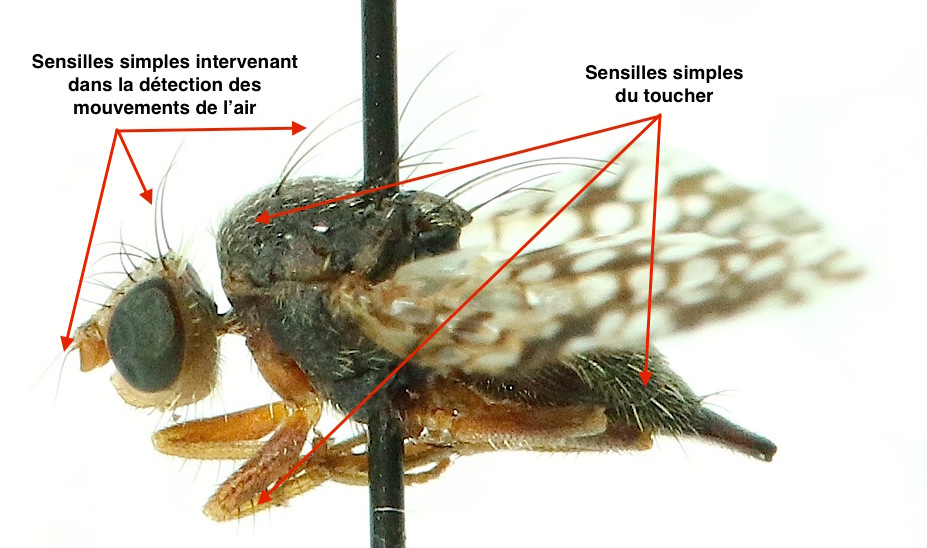by Philippe GARCELON This article is based on the work done by the researchers David Porco, and Louis Deharveng (National Museum of natural history) who exploit the genetic tool and were kind enough to send me documents related to their research on Springtails. Introduction Despite the emergence of genetic identification techniques, on the basis of the DNA…
Category: Insect biology
Parthenogenesis in insects: synthesis
by Benoit GILLES In order for them to multiply, nature has endowed living organisms with a wide diversity of reproductive systems. In insects, one of these strategies is parthenogenesis. This is based on the development of individuals from unfertilized gametes, thus without the need for fertilization. This strategy is interesting for more than one reason:…
Be versatile or specialize? The choice of flowers and their pollinators
By Vincent ALBOUY Specialization/Generalism Specialization is defined as physical, biological and/or behavioural adaptation to a small group of partners. Bryona dioica (Bryona dioica), a wild Cucurbitaceae, flowers in spring in hedges and wastelands. Its greenish-white flowers attract various collectors. Among them, a small blackish bee marked with red, andrène de la bryone (Andrena florea), visits…
Insect Vision – Part 3: Physiological receptors, colours and polarization
The eyes (vision), in their diversity of form and structure, allow any organism (invertebrates and vertebrates) to collect light energy (photons), convert it into electrical energy which will then be transmitted to the brain via neurons where it will be analyzed and interpreted to give birth to a mental representation of the environment to the…
The ovipositor of parasitoid hymenoptera: how micro-surgery is inspired by nature’s inventions
By Pascal ROUSSE In the world of parasitoids (lire this article), the ovipositor, also called oviscapte (abdominal appendix with which eggs are deposited), has a crucial role since it allows to locate precisely the egg laying in space and time, which is essential when it has to match the biological cycle of the host. Before…
Insect vision (part 2): shape and movement
Post Views: 3,335 The eyes, in their diversity of form and structure, allow any organism (invertebrates and vertebrates) to collect light energy (photons), convert it
Vision in Insects (Part 1) : Anatomy and structure of compound eyes
Post Views: 8,714 The function of the eyes is to receive and guide light energy (photons) to specialized receptor cells (photoreceptors) that translate this photonic
Sensory receptors in insects: mechanoreceptors – Part 3: tension and stretch receptors
Post Views: 1,636 Third part : tension and stretch receptors (prioceptors) Alike all arthropods, insects have an external skeleton, the exoskeleton, consisting of chitin and
Sensory receptors in insects: Mechanoreceptors – Part II: Chordotonic organs
Post Views: 4,303 Second part : chordotonal organs Alike all arthropods, insects have an external skeleton, the exoskeleton, consisting of chitin and forming the cuticle
Sensory receptors in insects: mechanoreceptors – Part 1: cuticular mechanoreceptors
Post Views: 4,413 First part : cuticular mechanoreceptors Alike all arthropods, insects have an external skeleton, the exoskeleton, consisting of chitin and forming the cuticle

